Watering Indigo Plants: Information On True Indigo Water Needs
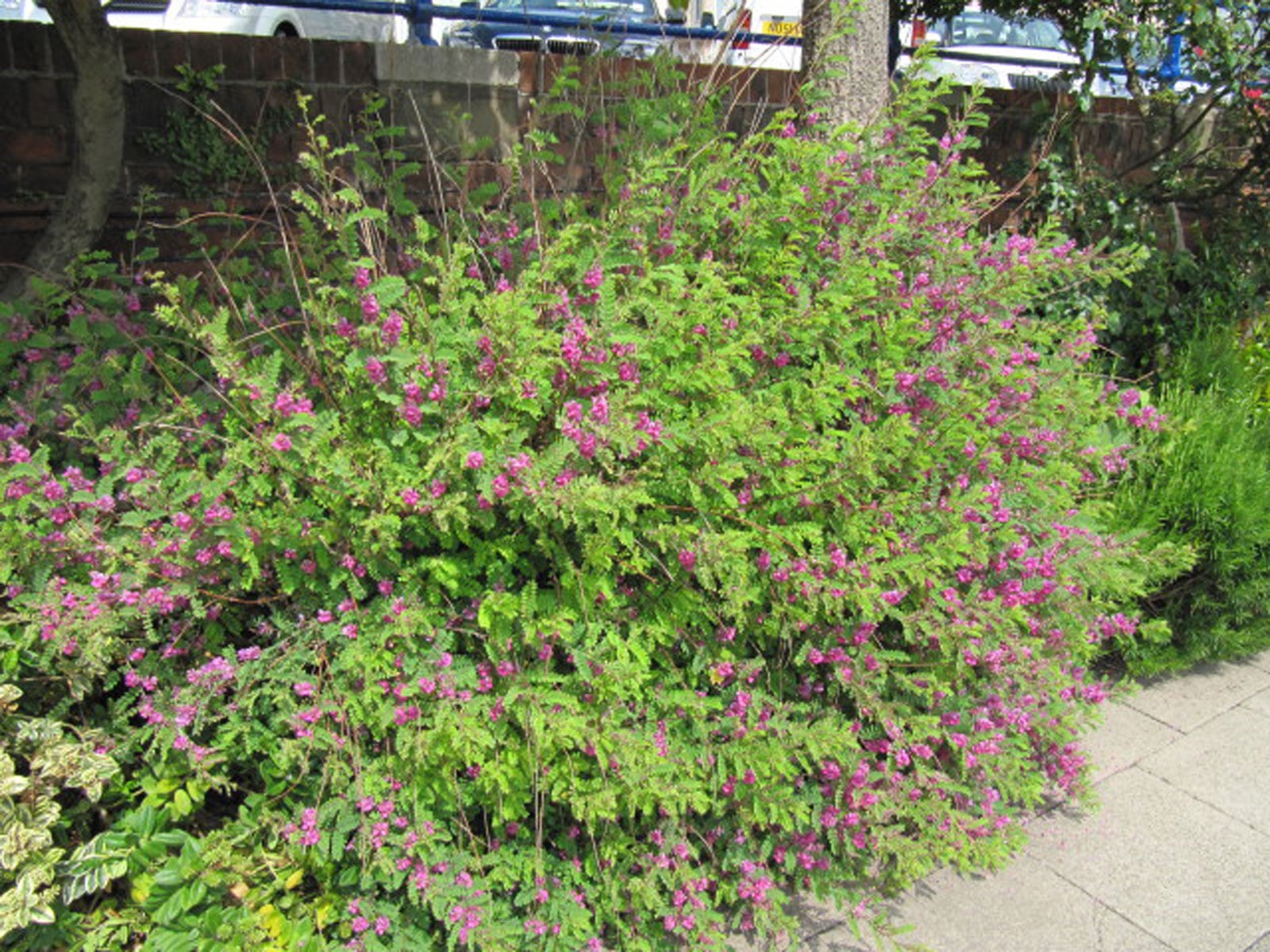

Indigo is one of the oldest cultivated plants, used for centuries and longer to make a beautiful blue dye. Whether you are growing indigo in your garden to make the dye or just to enjoy the pretty pink flowers and shrub growth habit, indigo irrigation requirements are important to understand to help it thrive.
About True Indigo Water Needs
There are false indigo plants, but true indigo is Indigofera tinctoria. It grows best and as a perennial in zones 9 and up; in colder areas you can grow it as an annual. Indigo is a small or medium shrub, growing to about 5 feet (1.5 m.) tall. You can trim it to shape into a pretty flowering shrub that produces pinkish purple blooms. The dye comes from the leaves. Indigo plant watering is important to consider, not just for the shrub to grow well and thrive, but also for dye production. Make sure your plant gets enough water and at the right frequency for it to be healthy but pay particular attention to water if you are going to be harvesting leaves for dye.
How to Water Indigo Plants
If you are not harvesting leaves to make dye, watering needs for indigo are pretty simple. In fact, when you have a well-established plant, it will be pretty tough in the face of drought. Begin by watering every couple of days in the growing season to get your shrub established. The ideal conditions for the soil are evenly moist, so don’t let it dry out too much. Be sure the soil drains well. You can water less in the winter. Watering indigo plants becomes more important if you are making dye. Studies have shown that the frequency of watering can impact how much dye you get from an indigo plant. For instance, yields of dye were higher when indigo bushes were watered every one week as compared to irrigating every two weeks. Yield was also found to be higher when watering stopped one week before harvesting the leaves as compared to ten days or longer. If you are growing indigo to enjoy a pretty shrub, water regularly in the growing season until it is established and after that only when it hasn’t rained a lot. For harvesting dye, even when established, continue to water your indigo at least once a week.
Gardening tips, videos, info and more delivered right to your inbox!
Sign up for the Gardening Know How newsletter today and receive a free copy of our e-book "How to Grow Delicious Tomatoes".

Mary Ellen Ellis has been gardening for over 20 years. With degrees in Chemistry and Biology, Mary Ellen's specialties are flowers, native plants, and herbs.
-
 Get Ready For A Summer Of Hummers! Grow These Full Sun Hummingbird Plants and Flowers
Get Ready For A Summer Of Hummers! Grow These Full Sun Hummingbird Plants and FlowersIf you’re lucky enough to enjoy a sunny backyard, make sure you are maxing out on your pollinator opportunities and grow these full sun hummingbird plants and flowers
By Tonya Barnett
-
 12 Lush Alternatives To A Lawn For Sustainable Spaces
12 Lush Alternatives To A Lawn For Sustainable SpacesAlternatives to a lawn are beautiful and also beneficial to your local ecosystem and its pollinators. Explore our top picks for plants to replace grass.
By Tonya Barnett
-
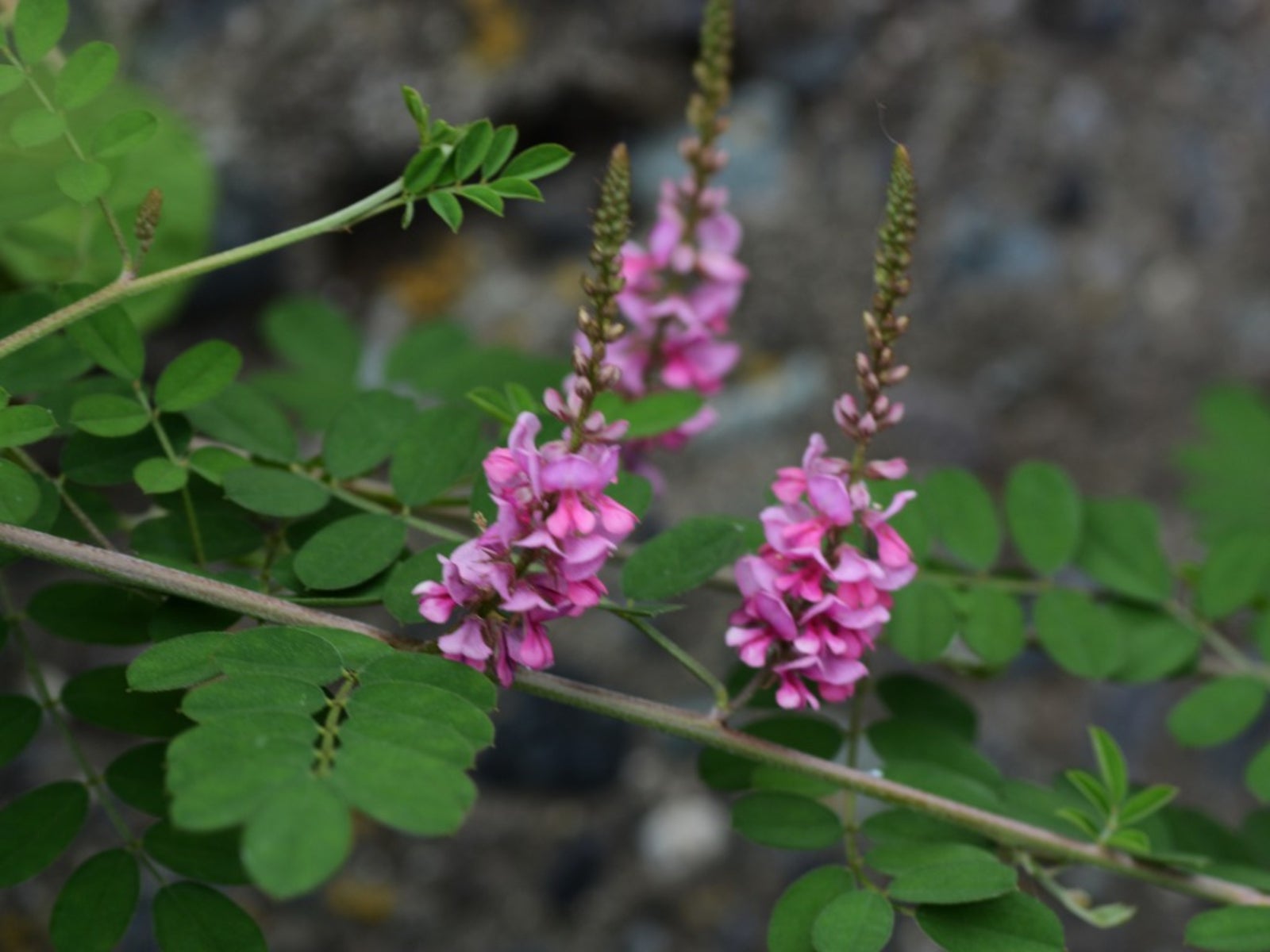 What Is True Indigo – Tinctoria Indigo Info And Care
What Is True Indigo – Tinctoria Indigo Info And CareIndigofera tinctoria, often called true indigo or simply just indigo, is probably the most famous and widespread dye plant in the world. It’s a wonderfully useful plant, however, and very much worth growing for the adventurous gardener and home dyer. Learn more here.
By Liz Baessler
-
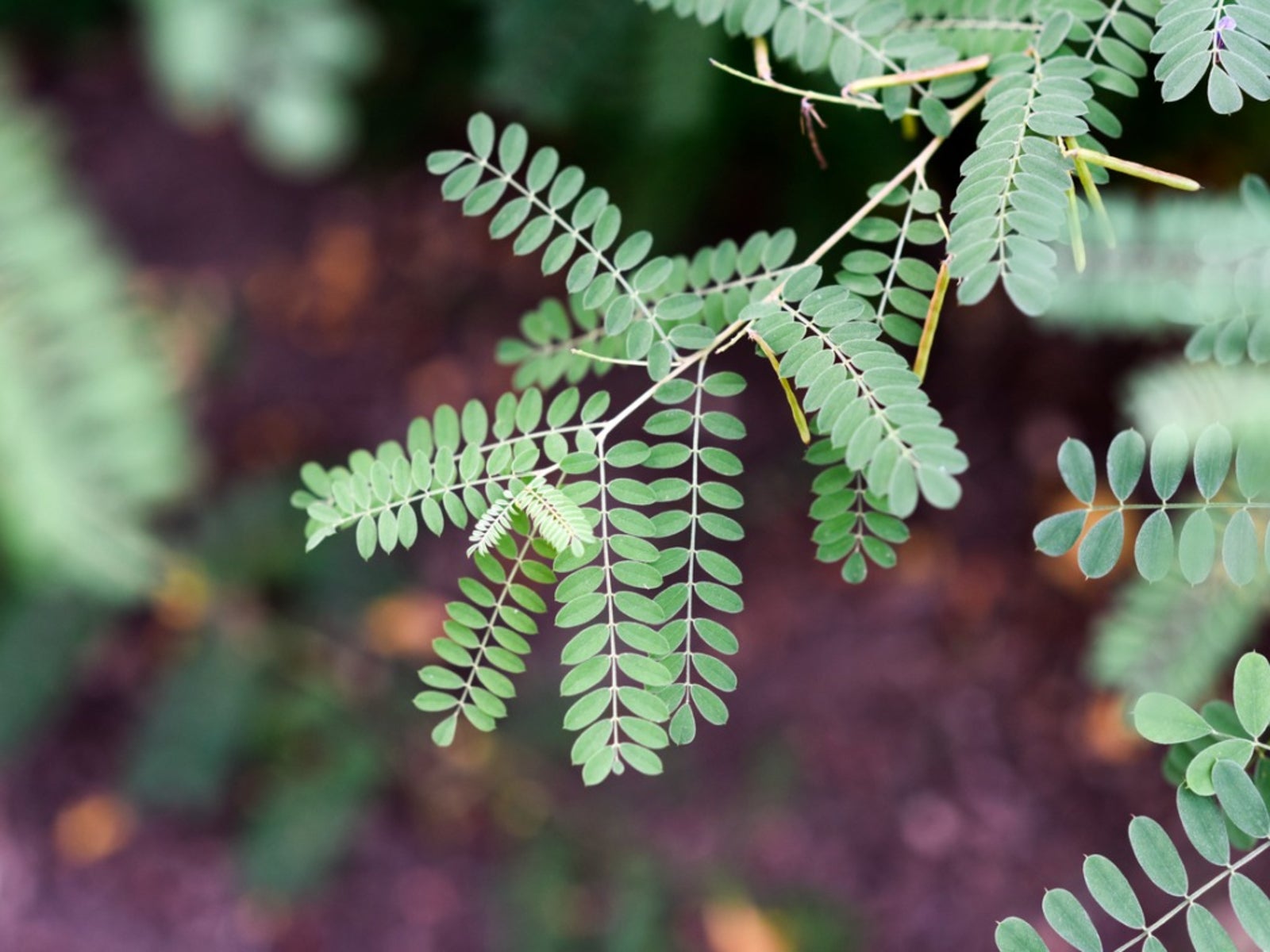 Indigo Plant Harvest – Tips On Picking Indigo For Dye
Indigo Plant Harvest – Tips On Picking Indigo For DyeAlthough the popularity of the natural dye stalled when a synthetic dye was developed, picking indigo for dye is making a comeback. If you want to learn how to harvest indigo to make your own dye, click here. We’ll tell you how and when to pick indigo plants.
By Teo Spengler
-
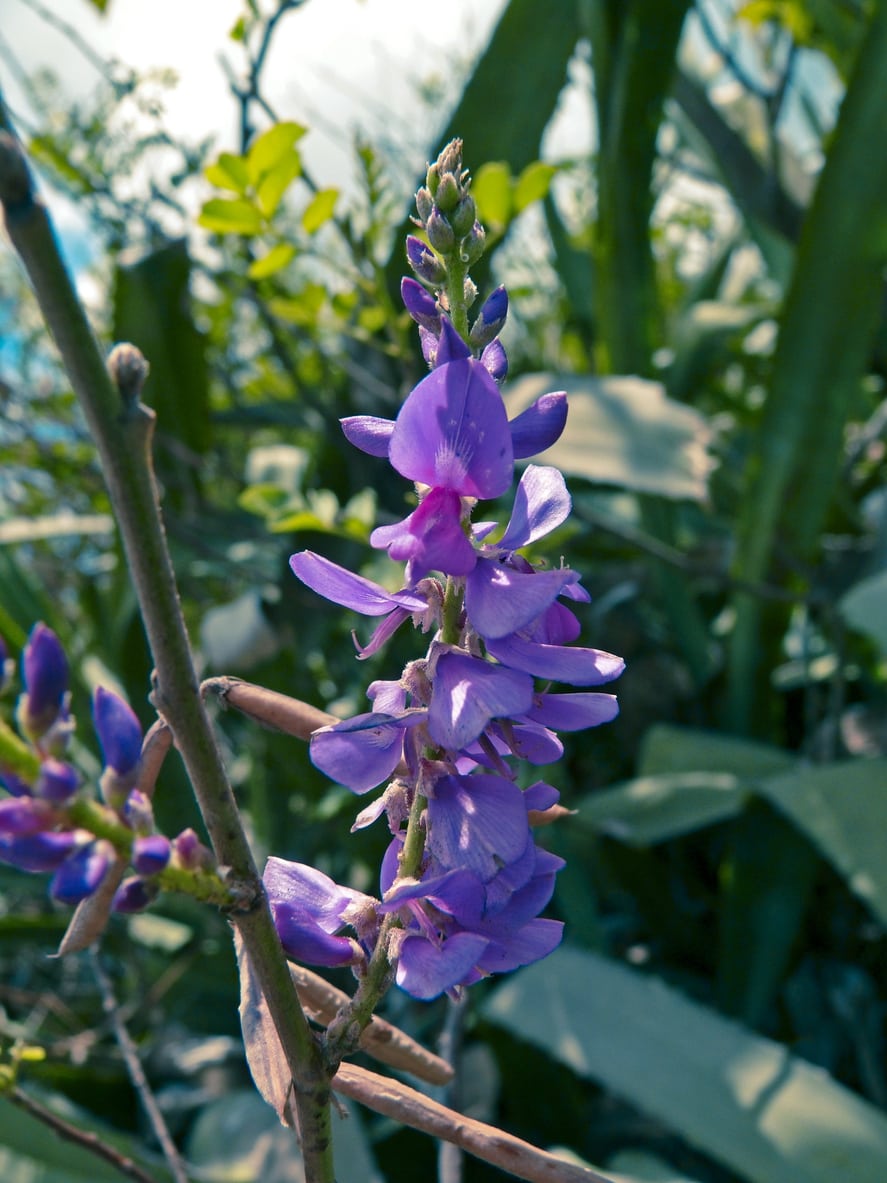 Indigo Plant Varieties: Learn About Different Indigo Plants
Indigo Plant Varieties: Learn About Different Indigo PlantsThe popular color “indigo” is named after several plants in the genus Indigofera famous for the natural blue obtained from the plant leaves. Some varieties are used medicinally, while others are beautiful and ornamental. Learn about different indigo plants here.
By Teo Spengler
-
 Indigo Dyeing Guide – How To Dye With Indigo Plants
Indigo Dyeing Guide – How To Dye With Indigo PlantsBy Bonnie L. Grant
-
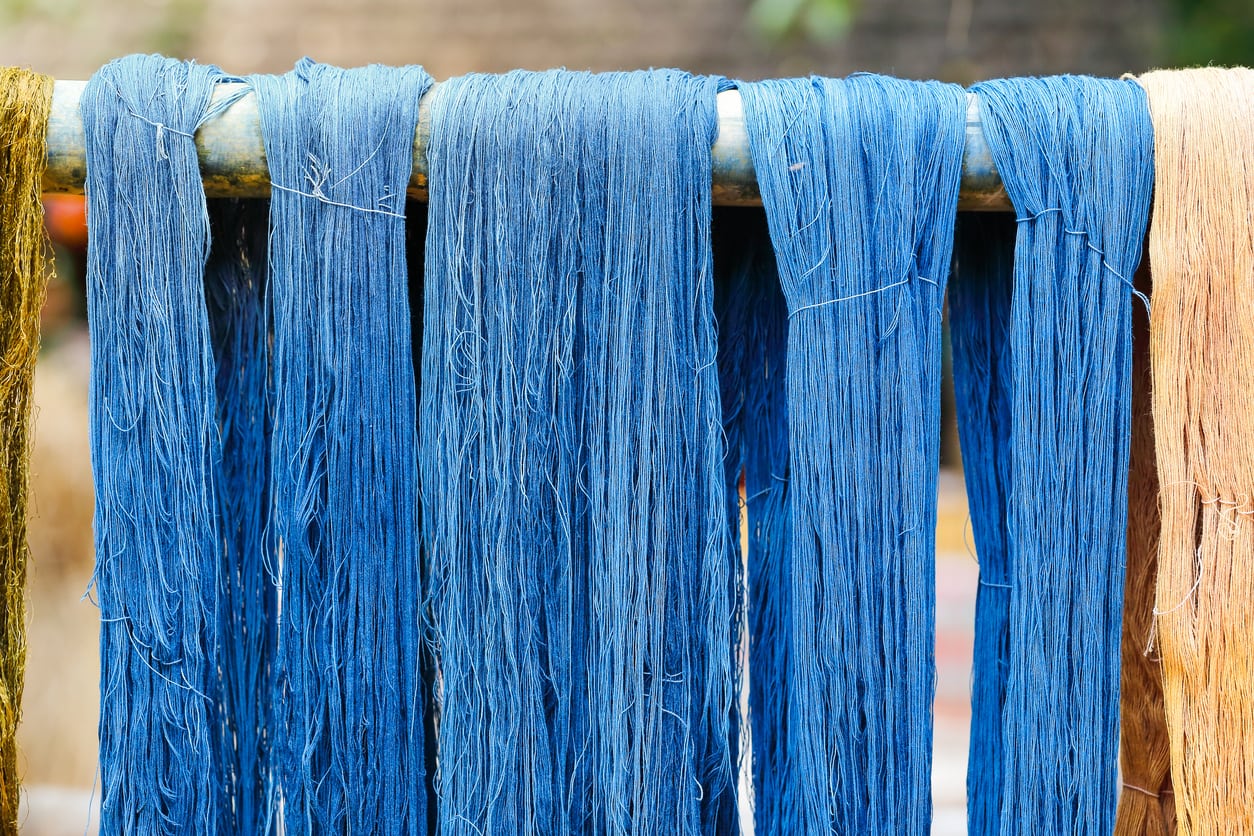 Dye From Indigo Plants: Learn About Making Indigo Dye
Dye From Indigo Plants: Learn About Making Indigo DyeUnlike other colors that could easily be obtained, blue remained a difficult color to recreate – until it was discovered that dye could be made from indigo plants. Making indigo dye, however, is no easy task. So, how do you make dye indigo plant dye? Learn more here.
By Amy Grant
-
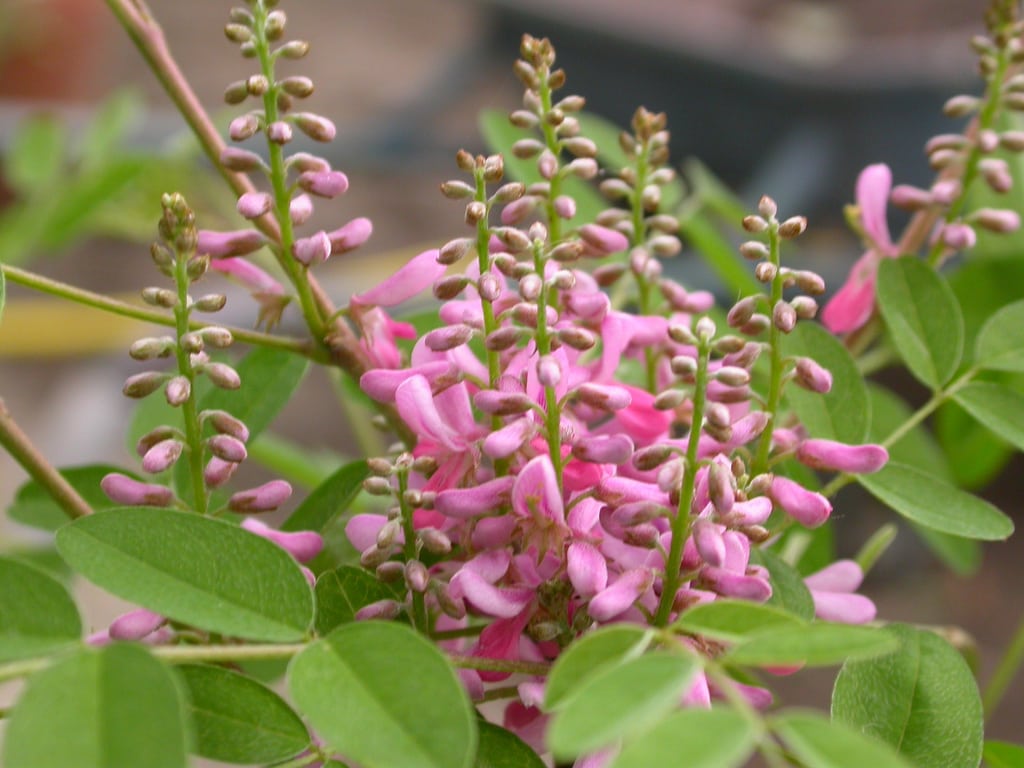 Indigo Plant Pruning – How To Prune Indigo Plants In The Garden
Indigo Plant Pruning – How To Prune Indigo Plants In The GardenGrowing indigo isn’t difficult as long as you can provide ample sunlight and warmth. However, pruning true indigo regularly keeps the plant healthy and attractive. Click here and we’ll explore indigo plant pruning and cutting back indigo.
By Mary H. Dyer
-
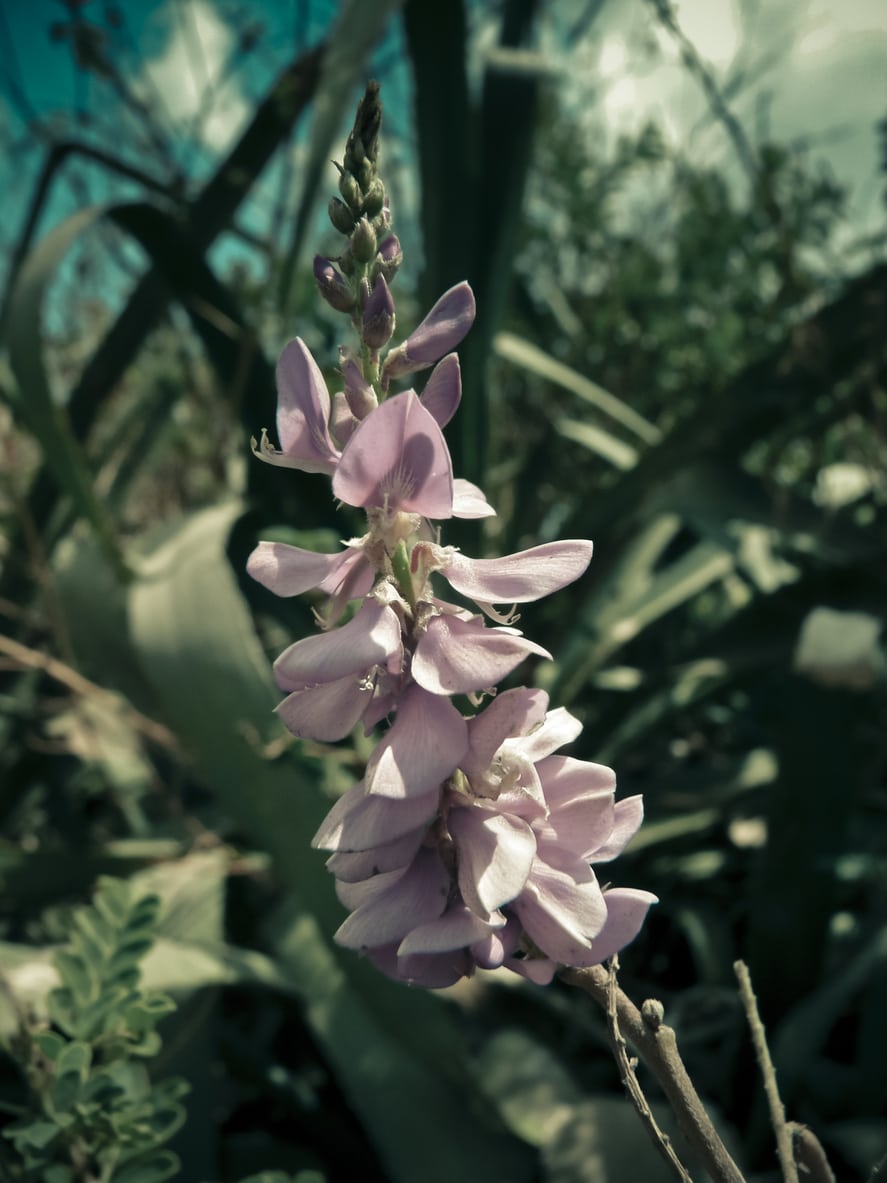 Indigo Seed Planting Guide: When To Sow Indigo Seeds
Indigo Seed Planting Guide: When To Sow Indigo SeedsTrue indigo (Indigofera tinctoria) can be grown successfully by seed for a pretty flowering shrub or to provide you with leaves to make a natural blue dye. Click this article for tips on how and when to sow indigo plant seeds in the garden.
By Mary Ellen Ellis
-
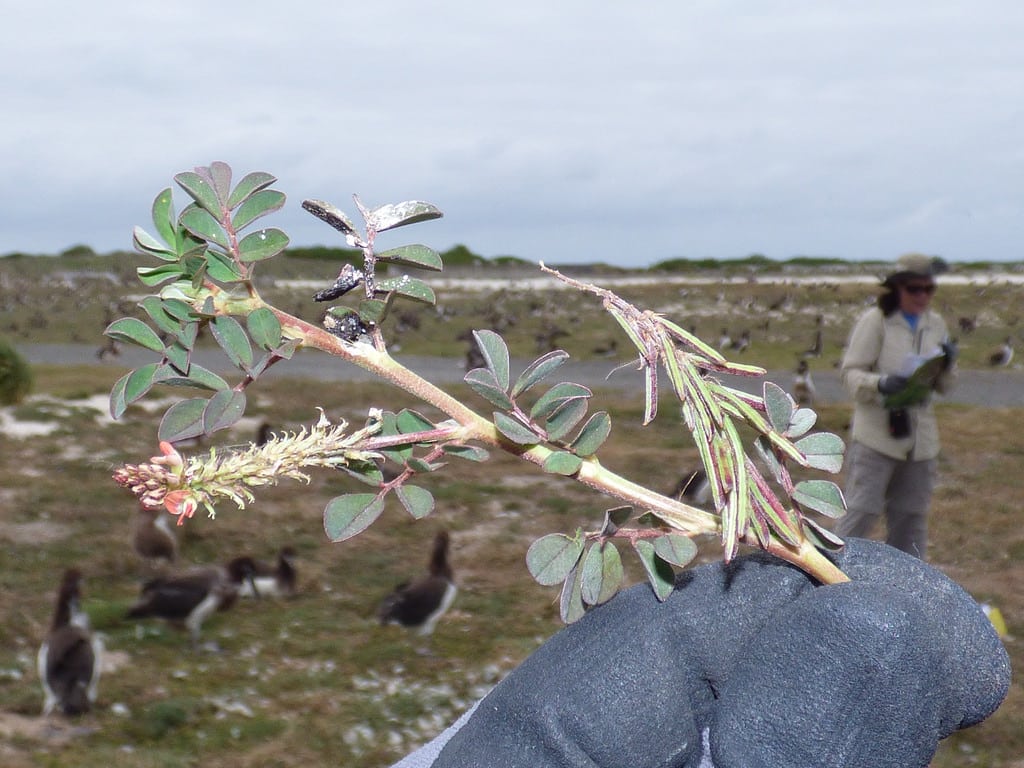 Indigo Insect Pests – Dealing With Bugs That Eat Indigo
Indigo Insect Pests – Dealing With Bugs That Eat IndigoOne reason indigo plants have so easily spread globally is because there are very few bugs that eat indigo. Learn more about pests of indigo plants in this article and find out if control measures are necessary.
By Darcy Larum